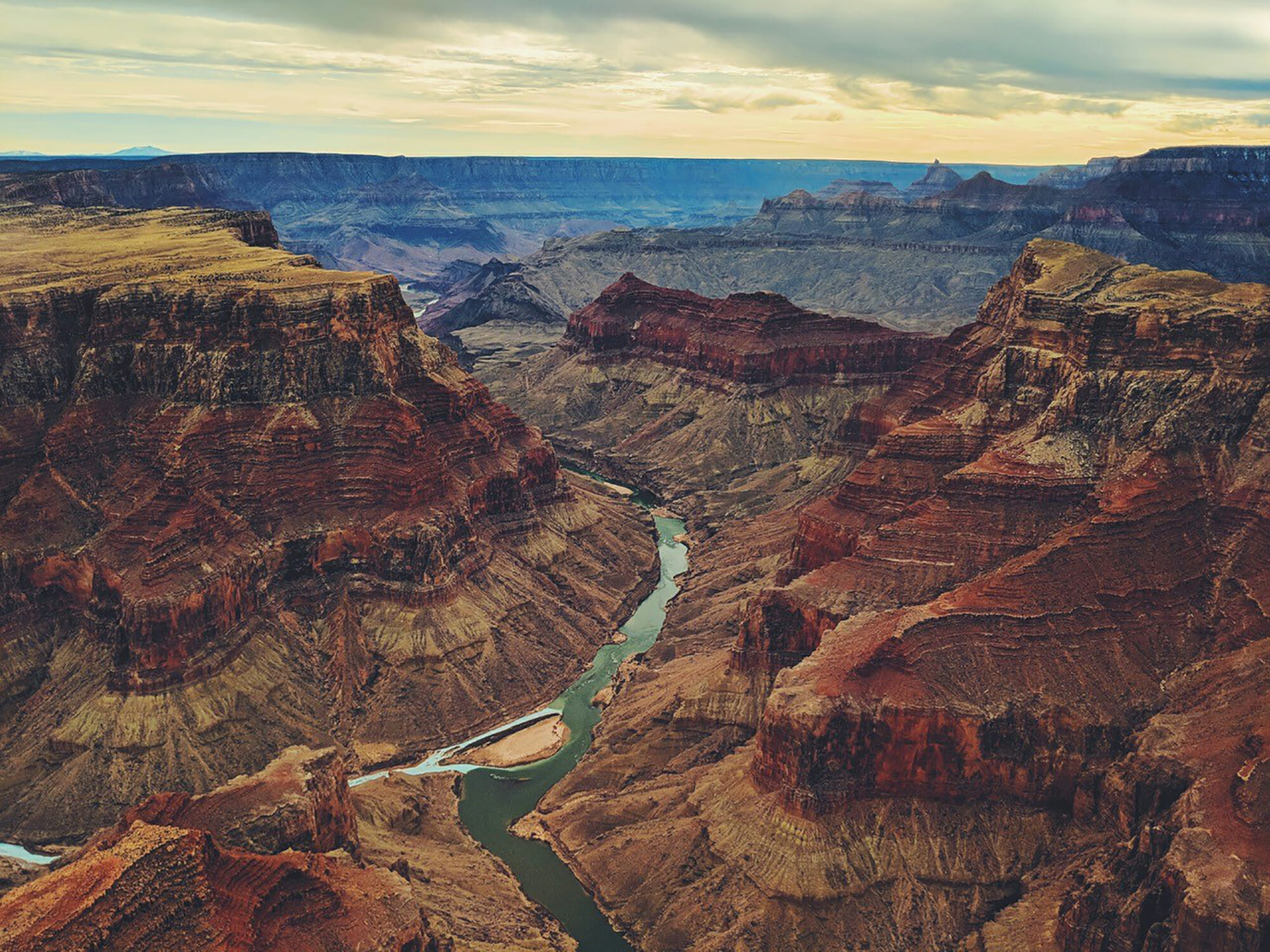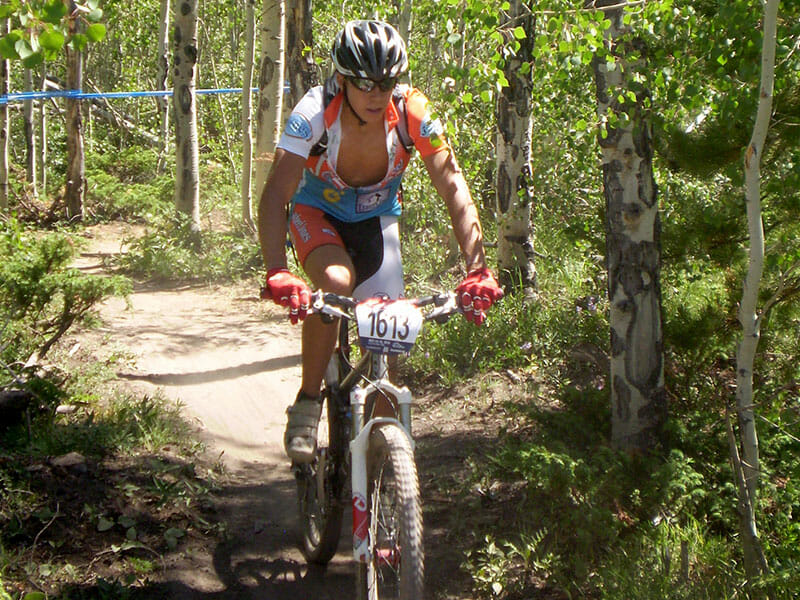
Mineral withdrawal for protection
Sometimes removing a use is the best use
Trout Unlimited uses all available tools to protect treasured landscapes and two examples of this in recent years are found in Arizona and Oregon. In these states, Trout Unlimited helped secure administrative moratoriums on mineral extraction to protect critical wildlife and fisheries habitat.
In 2012, the U.S. Department of the Interior issued a “time-out” on uranium mining near the Grand Canyon in Arizona to study its impacts on the water, wildlife and habitat of the region. Trout Unlimited supported then-Secretary of the Interior Ken Salazar who implemented a 20-year moratorium.
The Grand Canyon and surrounding national forests contain cold-water streams that feed the Colorado River and sustain wild fish, including the Apache trout. Apache trout, a native of the White Mountains far to the southeast of the canyon, were introduced many decades ago in one of the canyon’s coldwater streams. It is the state fish of Arizona and is listed as threatened by the U.S. Fish and Wildlife Service under the Endangered Species Act. This landscape is wildlife-rich and includes the world-famous North Kaibab trophy mule deer herd as well as elk, bighorn sheep and even bison. The longest migration corridor of mule deer in the state runs north from here into winter range in Utah.
Water in this area is scarce and small seeps and streams provide conduits for contamination to locations far from the original source. The risk of contamination to the region’s lands and waters is high and 15 documented springs and seeps have uranium levels exceeding the Environmental Protection Agency’s standard. In addition, roads and utilities built and used by the mines would disrupt migration paths of big game animals, affecting reproductive success . The vast majority — 92 percent — of the mining claims in this region are owned by foreign companies which have a checkered history of evading cleanup costs.

In 2012, the U.S. Department of Interior issued a “time-out” on uranium mining near the Grand Canyon in Arizona to study its impacts on the water, wildlife and habitat of the region.
Most recently, Trout Unlimited has organized angler and hunter support for Congressman Raul Grijalva’s legislation to place a permanent uranium mineral withdrawal on one million acres around the Grand Canyon, the Grand Canyon Centennial Protection Act. With leadership of Arizona’s grassroots Trout Unlimited members, this bill passed in the House on October of 2019 and by December companion legislation was introduced by Arizona’s U.S. Sen. Krysten Sinema, S.3127
To date, Trout Unlimited has the formal support from the Coconino County, the city of Flagstaff, conservation groups, 300 local businesses, and more than 10,000 individual signers. With the momentum and support Trout Unlimited has already generated, he organization will continue working with Sen. Sinema to pass the Grand Canyon Centennial Protection Act, designating this area around the Grand Canyon as a permanently withdrawn from mineral production and securing the future of outdoor recreation for the next generation.
Trout Unlimited has always operated on sound science and a pragmatic approach to find solutions to dynamic problems. Trout Unlimited is not anti-mining, nor is it anti-uranium mining, but when it comes to the Grand Canyon and the potential impacts on wildlife and the outdoor recreation economy in Northern Arizona, permanent protection makes sense.
At the same time, many miles to the north, Trout Unlimited staff were working to secure a mineral withdrawal on a unique landscape on Oregon’s coast. The Kalmiopsis Wilderness area in remote southwest Oregon boasts some of the rarest plant life on the planet. Darlingtonia pitcher plants found nowhere else on Earth make their living in the seeps and fens along the steep rugged slopes of this semi-arid, coastal mountain range.
A multitude of small creeks and streams tumble out of these mountains and form rivers that flow into the Pacific Ocean. In these rivers and streams, Endangered Species Act-listed Coho salmon return each fall and winter to perpetuate their species. Wild winter steelhead, Chinook salmon, cutthroat trout as well as big game species such as blacktail deer, Roosevelt elk and black bear all call the Kalmiopsis home. Moreover, these game animals and high quality fisheries provide a robust recreational economy, attracting hunters and anglers the world over to an area where economic diversity is highly valued.
A foreign-owned mining company set its sights on developing a massive nickel mine here. Intent on steamrolling over local opposition, the mining company instead found itself against the largest, most diverse coalition ever formed in the politically conservative stronghold of rural Oregon and Northern California. It was a sight to behold at public meetings in Grants Pass (east side, interior of the wilderness area) and the coastal communities from Brookings, up the coast to Gold Beach. Led by TU, and including environmental groups, native peoples, timber folks, farmers, commercial fishermen and angler/hunters, the opposition was fierce. All joined together and opposed this industrial mine. In the end, the agencies received tens of thousands of written comments opposing the mine and a 20-year mineral withdrawal in support of legislation was ordered.

TROUT PEOPLE
Nate Rees
On the far east side of the wide valley that cradles the metropolis of Phoenix, Arizona, rises a castle of granite and cactus called the Superstition Mountains. Here, the city gives way abruptly to a literal wilderness of saguaro and cholla cactus, rough, spiny country that is as wild as a landscape can be near a city of millions. It was here, in the small city called Apache Junction, that Nate Rees grew up.
“The Superstition Wilderness was literally my backyard,” said Rees, who is the Arizona field coordinator for Trout Unlimited. “At the time, I wasn’t aware how privileged I was to have such easy access to the Superstition Wilderness where I could explore and expend my energy. I thought every kid grew up like me, so I took it for granted.”
Rees is still known for his high energy at his job in TU, an energy that he channeled as a teen and blossomed into semi-professional mountain bike racing career. “I’ve always liked to push myself, swim, bike, run, etcetera and mountain biking just fit.” After winning the Arizona point series in 2008, he earned a spot at the 2009 USA Cycling’s Mountain Bike National Championship, where he took first place that year at age 16.
After high school, Rees went to nearby Arizona State University and it was at this point that he had an idea to start a business.
This business was to provide a full-service bike repair shop on wheels that could go around to Arizona’s vast retirement gated communities on a regular schedule to service the bikes of retirees. The idea took off and soon Rees had purchased multiple sprinter vans and added additional routes all over the valley. After scaling the business quickly from 2014-2016 Rees, sold the venture and pursued his true passion: “I realized how extraordinary my childhood was because of my accessibility to public lands. It had a profound effect on me and continues to shape me as an adult.”
After selling his business and scaling back on his mountain bike racing career, Rees found an advertisement for a fellowship with the Wyss Foundation for Trout Unlimited. “I read that ad and it was just me, so I applied.”
After Rees completed his two year conservation fellowship, he was hired on full time by Trout Unlimited and went to work on such important issues as protecting the Grand Canyon from uranium mining. Rees also engages in forest planning, federal and state legislation, collaborates with the Arizona Trout Unlimited state council, and even finds time for the occasional endurance mountain bike race such as AZT 300, a race on the Arizona Trail, from Mexico to Superior, Arizona, over 300 miles in three and a half days. “It’s really a competition with myself and my mind, to just push myself to do these big endurance races, ride in the dark, sleep only a little and keep pushing.”
Today, Nate and his wife, Nicole, live in Tempe, Arizona, with their German shorthaired pointer, Beau. When Nate isn’t out saving coldwater fisheries in a desert state, he can be found chasing Arizona’s three species of quail behind Beau.
1
2
3
4
Growth and change
- Innovation and conservation
- Playing the long game
- Off Road Vehicle and Sportsmen Ride Right
- Oregon and Arizona Mineral Withdrawals
- Overcoming congressional gridlock with public lands planning
- Working in state legislatures when Washington, DC, is broken
- The importance of national monuments
- Fight against selling state land
- Alaska Tongass National Forest
- Alaska Pebble Mine
- Utah Roadless
- Washington Steelhead fishing regulation changes
- Land and Water Conservation Fund
5